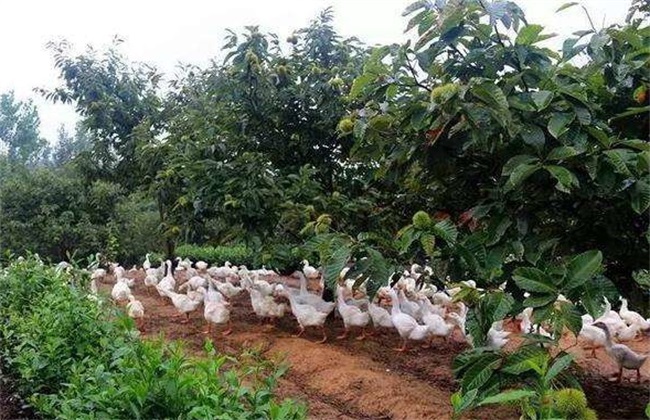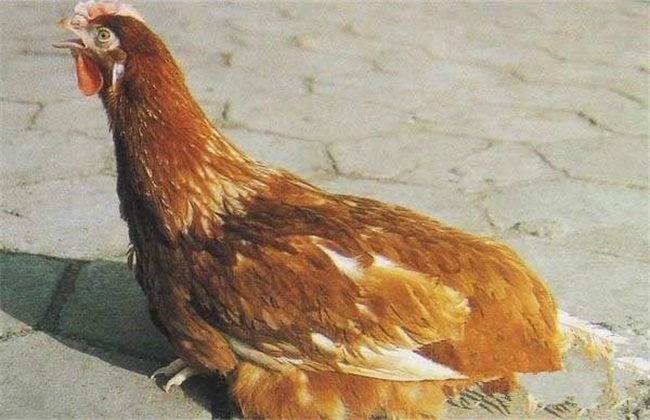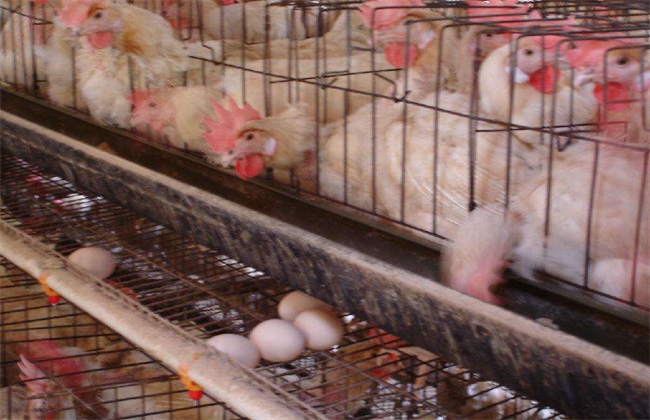Technical points of raising Duck in Orchard
Raising duck in orchard is a popular way of raising duck with the combination of planting and raising. Fruit trees and ducks can symbiosis with each other, while reducing the cost of fruit trees and ducks. Duck excrement can be used as fertilizer for fruit trees, and orchards can provide shade and feed for ducks. So what do you do if you want to raise ducks in the orchard? Today, the editor brings you the technical points of raising ducks in the orchard. Let's take a look at it.

1. Garden site selection
Ducks are too slow to go up to the trees to feed, so they can graze in low columns in the orchard. As long as the soil structure of the orchard is good and there is plenty of water, it can be stocked in apple orchards with high trunk and older trees, pear orchards or persimmons. Keeping ducks in the orchard can control the growth of weeds, and duck dung can provide nutrition for fruit trees. For orchards with extensive management, serious diseases and insect pests, low yield and low efficiency, it can also improve the efficiency of orchards and ducks.
2. Stocking time
When raising ducks in the orchard, we should divide them into two ways: stocking and captive according to the quantity of natural feed in the orchard. When it is mainly stocking, the best time should be when the animal and plant vitality in the orchard is the strongest, that is, from Ching Ming Festival to October. During this period, weeds grow vigorously and there are many by-products of fruit trees. Ducks can eat a variety of weeds, wild vegetables and other plant feed, but also can be eggs, insects and other animal feed for food. If ducks have reached adulthood, they can be stocked all year round.
3. Timely supplementary feeding
When raising ducks in the orchard, its natural feed will certainly not be able to meet the growth needs of all ducks. Therefore, we should do a good job of supplementary feeding for stocking ducks. Generally speaking, ducklings can be released at the age of one month, and ducklings should be replenished twice a day to provide them with sufficient energy. Then, according to the age growth of ducks, the feeding times and feeding quantity should be reduced appropriately, and the ducks should be allowed to eat freely. In adulthood, the supplementary feeding amount of good ducks is determined according to the free feeding of free-range ducks. If it is mainly stocking, then the ducks are generally replenished after they return home at night to maintain adequate drinking water.
4. Health guarantee
Raising ducks in orchards, like traditional raising ducks, requires good epidemic prevention. Similarly, we should also take prevention as the principle, according to the usual epidemic prevention procedures, do a good job of vaccinating ducks to avoid epidemic diseases. When the fruit trees need to spray pesticides in the season, we should pay attention to the toxicity of pesticides, do not spray highly toxic pesticides. It is necessary to give priority to low-toxic and high-efficiency pesticides, and limited area stocking should be carried out after spraying pesticides to avoid accidental pesticide poisoning of ducks. It can also be kept in captivity for about 4 days before stocking.
The above is a brief introduction to the technical points of raising ducks in the orchard. This is the end of today's introduction, this article is for reference only, friends who want to know more relevant information, please continue to follow us!
Related
- On the eggshell is a badge full of pride. British Poultry Egg Market and Consumer observation
- British study: 72% of Britons are willing to buy native eggs raised by insects
- Guidelines for friendly egg production revised the increase of space in chicken sheds can not be forced to change feathers and lay eggs.
- Risk of delay in customs clearance Australia suspends lobster exports to China
- Pig semen-the Vector of virus Transmission (4)
- Pig semen-the Vector of virus Transmission (3)
- Five common causes of difficult control of classical swine fever in clinic and their countermeasures
- Foot-and-mouth disease is the most effective way to prevent it!
- PED is the number one killer of piglets and has to be guarded against in autumn and winter.
- What is "yellow fat pig"? Have you ever heard the pig collector talk about "yellow fat pig"?



